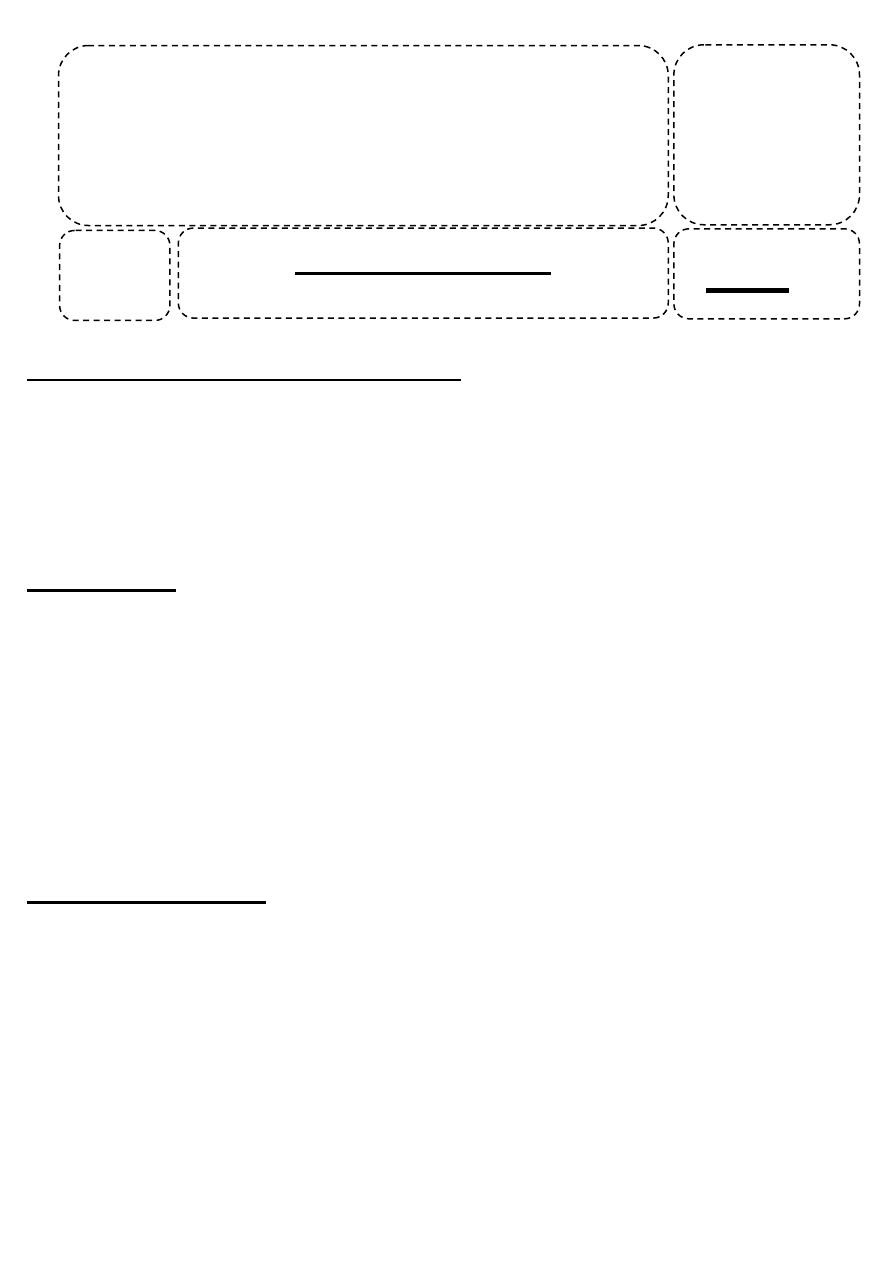
1
Organic psychiatry(Neuropsychiatry)
Comprises psychiatric disorders that arise from demonstrable abnormalities of brain
structure and function.
Cognitive impairments are the most prominent feature, especially in dementia and
delirium.
But, behavioral and emotional disturbances are also common, and may be the sole
manifestations.
classification
Delirium
Dementia
Amnestic ( or amnesic) syndromes
Epilepsy
Head injury
Other neuro-psychiatric disorders( focal cerebral syndromes, infections, tumors, and
multiple sclerosis)
Secondary or symptomatic neuro-psychiatric disorders ( due to other disease in the body)
Amnestic syndromes
Amnesia is loss of memory, and amnestic syndromes (disorders) are those in which
memory is specifically and persistently affected.
Amnestic disorder( by DSM IV) is defined as a specific impairment of episodic memory,
manifesting as inability to learn new information( anterograde amnesia) and to recall past
events( retrograde amnesia) accompanied by significant impairment in social or
occupational functioning and with evidence of a general medical condition” etiologically
related to memory impairment”.
Psychiatry
Organic disorders
Lecture
16
مشتاق .د
Al-Madena
Copy

2
Causes of amnesia
Transient:
1. Transient global amnesia
2. Transient epileptic amnesia
3. Head injury
4. Alcoholic blackouts
5. Post-electroconvulsive therapy
6. Posttraumatic stress disorder (PTSD)
7. Psychogenic fugue
Permanent:
1. Korsakov (Korsakoff) syndrome
2. Encephalitis
3. Posterior cerebral artery and thalamic strokes
4. Head injury
Clinical features
The cardinal feature is profound deficit of episodic memory
Disorientation for time,
loss of autobiographical information
Severe anterograde amnesia for verbal and visual material
Lack of insight to the amnesia
Confabulation: gaps in memory are filled by a vivid and detailed wholly fictitious account
of recent activities which the patient believes to be true.
Etiology
Lesions in the medial thalamus, other midline diencephalic structures , or medial temporal
lobes.
Korsakov syndrome: which usually follows an acute neurological syndrome called
Wernicke’s encephalopathy. This is caused by thiamin deficiency ,secondary to alcohol
abuse, although it occasionally results from hyperemesis gravidarum and severe
malnutrition.
investigations
Inquire about alcohol abuse
Reduced red cell transketolase level ( marker of thiamin deficiency)
Brain MRI: increased MRI signal in midline structures
Management
Korsakov syndrome should be assumed to be the cause of amnestic syndrome until
another etiology is demonstrated

3
Urgent treatment with thiamin should be started without waiting the results of
investigations (parenteral thiamine)
Rehydration
General nutritional support
Treatment of alcohol withdrawal
Rehabilitation and support
Transient global amnesia
Sudden onset of isolated anterograde amnesia in a clear sensorium generally lasting for
less than 24 hours
Due to dysfunction of the circuits mediating episodic memory
Needs to be considered in the differential diagnosis of paroxysmal neurological and
psychiatric conditions that occur in middle and late life.
Delirium
Characterized by global impairment of consciousness ( clouding of consciousness)
,resulting in reduced levels of alertness, attention, and perception of the environment.
It occurs in 15-30% of patients in general medical or surgical wards.
Other terms: acute confusional state, acute organic syndrome, acute brain failure
Clinical features
The cardinal feature is disturbed consciousness
Manifested as drowsiness, decreased awareness of surroundings
Disorientation in time and place, and distractibility
In most severe cases ;patient may be unresponsive( stuporose)
May start as mental slowness, distractibility, perceptual anomalies, and disorganization of
the sleep-wake cycle.
Symptoms vary at different times of the day and between different patients
Symptoms are worse at night
Some patients are hyperactive ,restless, irritable and have psychotic symptoms
Some are hypoactive with psychomotor retardation and perseveration.
Repetitive ,purposeless movements are common in both forms
Thinking is slow
Ideas of reference and delusions are common but usually transient
Illusions , misinterpretations and visual hallucinations sometimes with fantastic contents
Anxiety ,depression, and emotional lability are common
Patients may appear frightened and perplexed
Attention and registration are often impaired and on recovery there is usually amnesia for
the period of the delirium.

4
Etiology
Old age, frailty, and prior medical and neurological disorders lower the threshold for
developing delirium.
The patho-physiological basis of delirium is unclear.
The neurotransmitters dopamine and acetylcholine are implicated.
Causes of delerium
Drugs : alcohol intoxication, withdrawal, opiates, drugs with anticholinergic properties,
any sedative, digoxin, diuretics, lithium, and steroids.
Medical conditions: febrile illness, septicaemia, organ failure( cardiac, renal, hepatic),
hypo or hyperglycaemia, post-operative hypoxia, thiamine deficiency
Neurological conditions: epileptic seizure, head injury, space occupying lesion,
encephalitis ,cerebral hemorrhage.
Others : constipation, dehydration, pain, sensory deprivation.
Management
Delirium is a medical emergency
It is very essential to identify and treat the cause
Drugs (side effect or withdrawal) should be suspected until there is evidence of another
cause.
While doing investigations, measures should be taken to decrease distress and control
agitation
These include: frequent explanation, reorientation, and reassurance.
Nursing : minimal number of nurses, quite room , good lightening, relatives should be
encouraged to visit regularly.
Drug treatment
Medications to control agitation and distress and permit adequate sleep
Drug of choice is usually an antipsychotic
Haloperidol is conventionally used (2-10 mg/day)
Antipsychotics should be avoided in alcohol withdrawal and epilepsy because of the risk
of seizure.
All sedative drugs should be used sparingly in liver failure because of the danger of
precipitating hepatic coma
